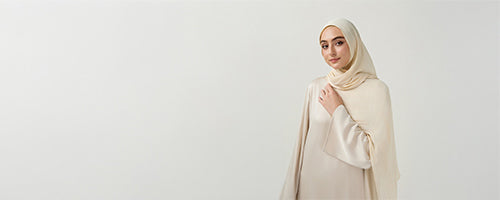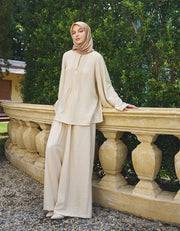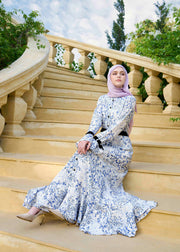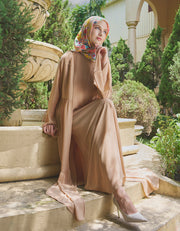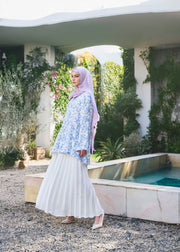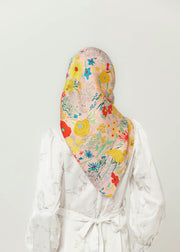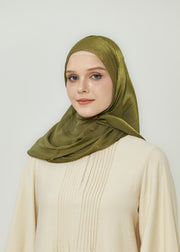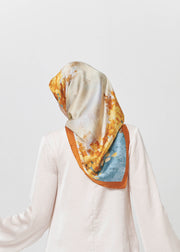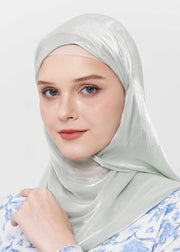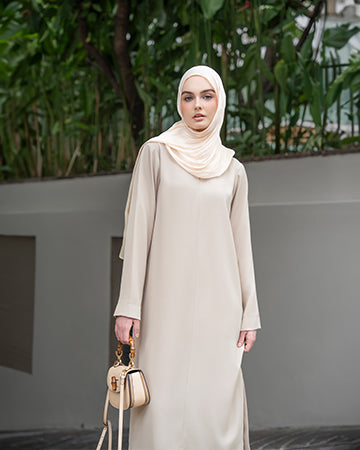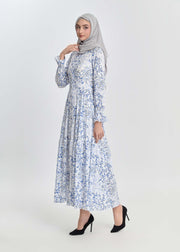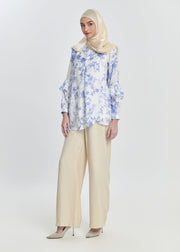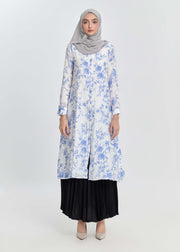Jilbab vs Abaya: Choosing the Best Islamic Clothing
Modest fashion is a personal and spiritual choice for many Muslim women. As Islamic clothing evolves, two garments often spark curiosity and debate: the jilbab and the abaya. Both offer full-body coverage and align with Islamic values, yet they differ in subtle yet important ways. In this guide, we’ll break down the key differences between jilbab vs abaya, explore how each suits different lifestyles, and help you choose the best option for your modest wardrobe.
Jilbab vs Abaya: Definitions and Origins
To understand jilbab vs abaya, it’s essential to start with their roots.
What is a Jilbab?
A jilbab is a loose-fitting outer garment traditionally worn over regular clothing. Historically, it resembled a cloak or robe that covered the body from the shoulders down. Today, jilbabs have evolved into stylish full-length dresses, often featuring sleeves, zippers, belts, and various cuts suitable for both formal and everyday wear.
What is a Jilbab?
What is an Abaya?
An abaya is a classic garment primarily associated with the Gulf region. It is typically a long, open or closed cloak worn over clothing, usually in black, although modern versions now come in various colors and fabrics. Abayas are known for their elegant simplicity, often worn with a hijab and sometimes a niqab.
In summary: The jilbab is often more tailored and diverse in form, while the abaya leans toward traditional, flowing designs.
What is an Abaya?
Jilbab vs Abaya: Style and Design Differences
When comparing jilbab vs abaya, style is one of the most noticeable distinctions.
Jilbab Design Features
-
Comes in both dress-style and outer-coat versions
-
May include hoods, belts, pleats, or pockets
-
Available in sporty, casual, or formal cuts
-
Popular among younger audiences for its versatility
Abaya Design Features
-
Typically more flowing and straight-cut
-
Often closed-front or open-front with buttons
-
Less varied in structure, usually designed to layer over outfits
-
Exudes classic modest elegance
Jilbab vs Abaya: Fabric and Comfort
Choosing between jilbab vs abaya can also depend on fabric and feel.
Jilbab Fabrics
-
Cotton, jersey, polyester blends—perfect for everyday wear
-
Crepe or satin for more formal events
-
Suitable for layering during colder months
Abaya Fabrics
-
Commonly made from nida, chiffon, or crepe
-
Designed for comfort in hot climates, especially the Gulf
-
Usually lighter and more breathable than tailored jilbabs
Jilbab vs Abaya: When and Where to Wear Each
Each garment shines in different situations depending on your lifestyle and setting.
When to Choose a Jilbab
-
Ideal for work, university, or travel due to structured design
-
Great for active days and errands
-
Easier to personalize for your fashion taste
When to Choose an Abaya
-
Perfect for formal religious occasions like Eid or Friday prayers
-
Often worn in Middle Eastern countries as daily outerwear
-
Preferred by women who favor traditional modesty with minimal styling
Jilbab vs Abaya: Cultural and Regional Influence
Understanding jilbab vs abaya also involves knowing their regional popularity.
-
Jilbab is widely worn in North Africa, Southeast Asia (like Indonesia and Malaysia), and among Western Muslims.
-
Abaya dominates in Gulf countries like Saudi Arabia, UAE, and Qatar.
-
In Europe and North America, both garments are used interchangeably depending on community and culture.
As Islamic fashion globalizes, cultural lines are blurring—but traditional roots still influence preference.
Jilbab vs Abaya: Which Is More Versatile?
If you're building a modest wardrobe, versatility matters.
-
Jilbab is more customizable—think sporty designs, belt options, and modern silhouettes.
-
Abaya offers timeless grace, especially for quick layering without overthinking outfit coordination.
Choose jilbab if you like experimenting with modest fashion. Choose abaya if you prefer a refined, classic look.
How to Style Jilbab vs Abaya
Styling plays a big role in how these garments fit your personal fashion language.
Styling a Jilbab
-
Pair with a patterned hijab or belt to add definition
-
Add sneakers or boots for a modern twist
-
Great canvas for layering with vests or coats
Styling an Abaya
-
Wear with a statement hijab or embellished sandals
-
Accessorize with a clutch and subtle jewelry for formal events
-
Keep it simple for a minimalist, elegant feel
Both garments allow you to express modesty in ways that reflect your unique personality.
Conclusion: Jilbab vs Abaya — Which One Is Right for You?
The debate between jilbab vs abaya isn’t about which is better—it’s about which suits your lifestyle, fashion preferences, and cultural context. Both garments represent modesty, dignity, and identity, and each can be styled to meet your everyday or special occasion needs.

